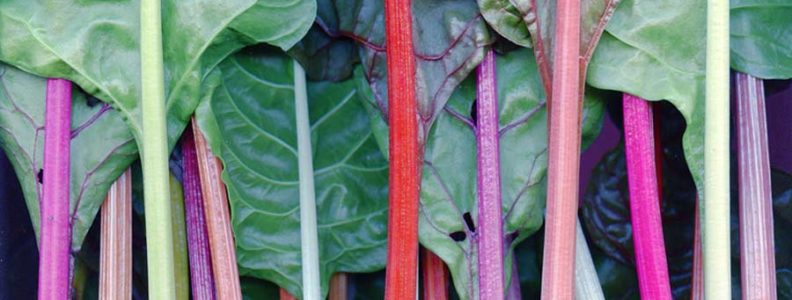First it was kale, then cauliflower — now beetroot is the latest vege to enjoy its moment in the sun. It’s an unusual place for a root vegetable, I’ll admit, but since some clever PR person re-branded it as a superfood, sales have soared — retail analysts Kantar claim they’re up 20% in the last four years. Quite an achievement for something once confined to a jar of vinegar in your granny’s pantry.
Beetroot

